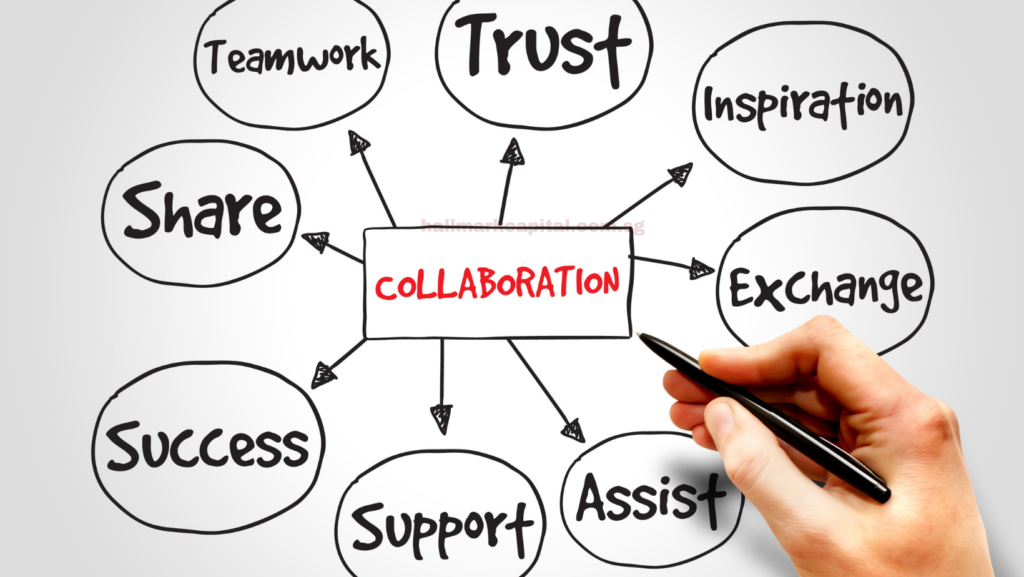Business Development Collaboration? You see this common scenario frequently in today’s business environment especially in the long haul of the pandemic. When we talk about business development, we are talking specifically more on how internal teams can work with one another to bring the sales revenue in – separating and distinguishing the difference between successful and ultra-successful, superstar firms.
Traditionally, the sales team is the one mainly responsible for bringing the business in and therefore the most highly valued in the whole firm. However, if you flip the other side of the coin – before the business comes in, it could be possible that the new prospect called and made an enquiry on your firm’s products and services or the newly closed sale prospect called and asked about billing of the invoice. In both cases, the customer service and billing departments would be involved.
If they encounter a bad experience at any point of time, it could destroy the opportunity of closing a sale or further sales with the new client. You must be thinking “The business development team has all the know how and our marketing is top notch, right?”. What if you could double the closing speed with half the effort? Wouldn’t it make hitting sales targets so much easier just like taking a walk in the park?
Let’s elaborate on this further. Imagine an important contract is up for renewal and this renewal could affect your bonus for this year and that means getting your new luxury apartment. The client suddenly ghosts you, refusing to reply to your text messages, calls or emails.
Plus there is so much stiff competition from other information technology (IT) firms, you really have no idea whether the client would continue to choose your firm as their preferred IT services provider.
As employees gathered together and discussed the issue, they realised that their head of customer service actually had a personal relationship with the client’s head of IT operations after knowing each other at a business conference. The head of customer service engaged and identified service issues that could have cost the firm millions in lost business.

Now that you understand how a business development collaboration could improve your sales revenue, let’s break it down further into the 4 most important pillars to get you started:
1. Business Development Is An Organisational Mission
You have gotta come to terms with this concept that business development is an organisational mission instead of an individual or departmental one. The saying “Teamwork makes the dream work” definitely rings true!
You need to decide from top down, that your company will empower strategic leaders, employees and business colleagues to drive business growth by using their combined networks of influence for business development. Create sound systems and processes as well as address personnel or obstacles that stand in the way.
2. Circles Of Influence
The circles of influence are not to be overlooked because they are proving to be increasingly fundamental to driving business growth. What are these circles of influence? They are Networks of Influence (NOI), Community of Influence (COI) and Event Engagement Influence (EEI).
NOI – popular networking social media like LinkedIn and Twitter offers powerful insights on the relationship between a company’s employees and its prospects.
Eg. A mid-sized catering company penetrated a major fintech company after its head of business development noticed a mid-level employee engaging directly with the prospect’s VP of operations, whom she had met at a business conference.
COI – face to face interaction remains crucial to business development success though the pandemic might have changed some of that. Advancing technology like the cloud-based communication service eliminates the prospect’s need for such interaction in many stages of the sales cycle.
Thus our reliance on communities such as interest groups or non profit organizations, is key to bringing people closer together than ever before.
EEI – events are another important driver for face to face connections. Always do up your research or action plans before an event, during an event and after an event.
They are foundational to your event strategy, especially what you do after an event because after all, that is the most important phase to gaining a return on your action plan and engagement. Being prepared is half the battle won.

3. Prospect Relationship Maps (PRMs)
Leveraging on relationship-building activities such as NOI and COI will increase the potential entry points into many prospect organisations. Developing a standard operating procedure (SOP) for PRMs serves as a powerful account-based strategy because they dive into many aspects – prospect companies, their employees, work history and social media profiles etc. This paves for a smoother highway to success.
4. Strategic Advisory
The benefits of consultative selling are well documented and your prospects can definitely benefit from this. There are many subject matter experts, data and intellectual property at all levels in your firm.
Developing a sound strategy and process to deliver this data in layman terms be it using an advisory board or digital marketing, adds value to your prospects on a continual basis and will reap its harvest when the closing of a sale is at hand.
Business development collaboration makes or breaks the company and revenue in the long term. Practising all these deliverables with well planned execution will put you in a more favourable position with prospects, stakeholders and clients. It ensures business sustainability, longevity and success – like a tree, planting its roots in the ground and grows strongly with lush green leaves no matter the season.



